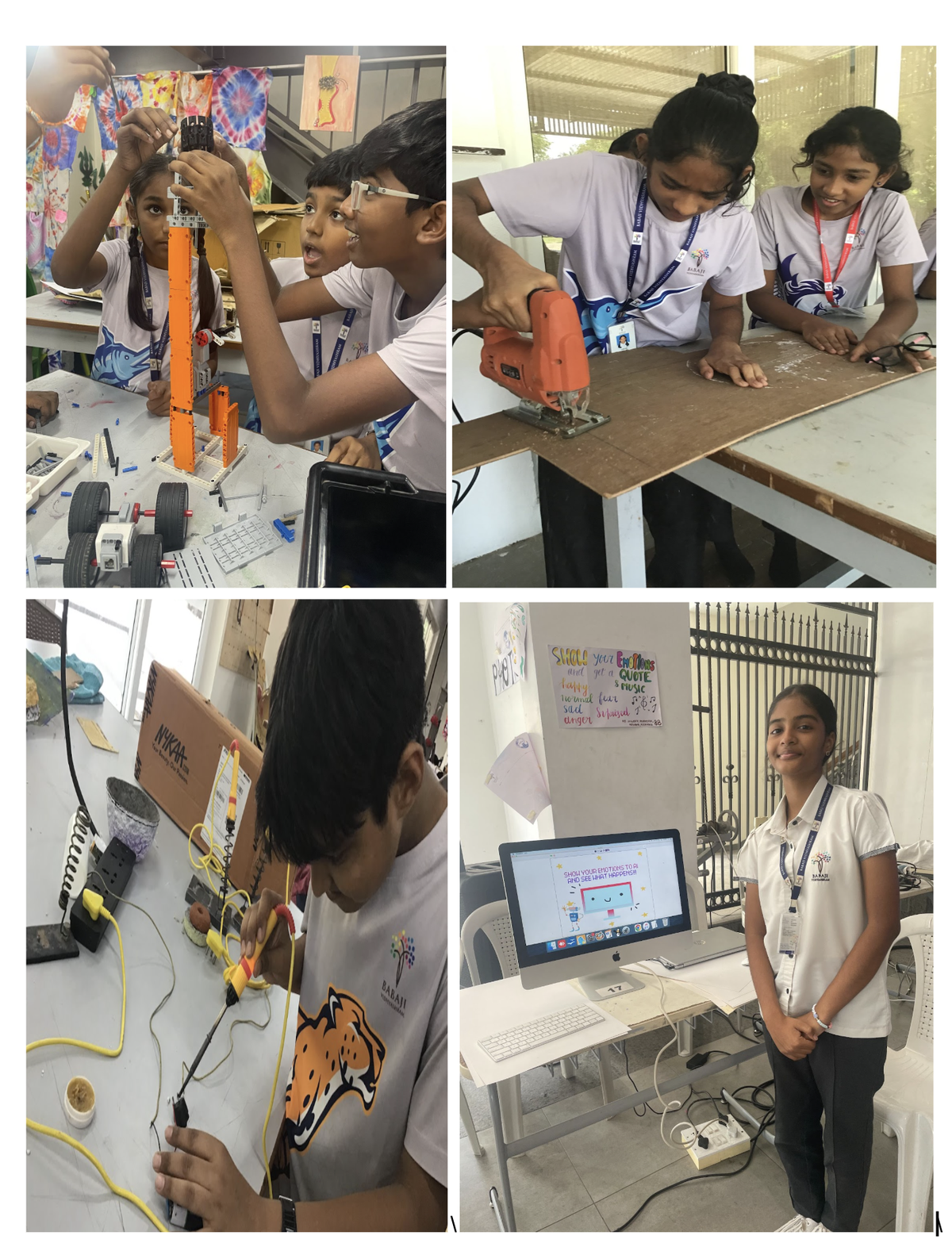Students will be better prepared for success in their careers if their learning is driven by curricular outputs.
Learning outcomes has become a focus in education policy and pedagogy. But schools need to move beyond textbook learning and education should shift focus from rigid learning objectives to achieving dynamic curricular outputs.
Schools need to implement practical, hands-on, and personalised learning for the holistic development of students, which fosters their creativity. It’s proven that such learning makes students more employable, skilled, and ready for the real world. While these initiatives demand much effort from schools and also require students to invest their time, it is worth it. Such learning doesn’t hamper their academic growth, but supplements it.
Some schools such as ours are already engaging students in hands-on activities: creating AI apps, launching model rockets, programming robots, maintaining an aquaponics facility, taking up internships and managing the school tuck shop; thereby moving beyond textbook learning.
Impact of hands-on learning
Hands-on learning is significant for students for various reasons. Students are better prepared to contribute to the society at large. Here are some positives that we have observed:
Practical use: Students are prepared with concrete skills and competencies that can be immediately used in real-world scenarios when education is focused on curricular outputs. By emphasizing real-world results like STEM projects, design thinking prototypes, community leadership initiatives, and more, students are better prepared to contribute to their communities and jobs.
Holistic development: Clearing tests or gaining theoretical knowledge are frequently the main learning objectives. A comprehensive educational experience that fosters critical thinking and leadership is made possible by shifting the focus to outputs. These abilities are essential for negotiating, challenging, and changing work environments.
Promotes active learning: By concentrating on producing certain results, such as reports, prototypes, and data analytics, students are more likely to interact with the content actively. This method switches from passively absorbing information to actively solving problems, which usually improves comprehension and memory.

Students at Babaji Vidhyashram engage in dynamic learning activities. | Photo: Special Arrangement
Industry alignment: A lot of industries place a higher value on skill-based outputs than just theoretical knowledge. Candidates who can show tangible skills through their jobs are frequently sought after by employers. Students will be more equipped to enter the workforce with a practical skill set if education is closely aligned with these expectations.
Flexibility and personalisation: Students can strive toward achieving outcomes that align with their interests and professional aspirations rather than a one-size-fits-all learning objective, which will motivate them and give them a sense of ownership over their education.
Encourages innovation and creativity: Students are inspired to think critically and creatively by the focus on producing diverse, marketable results. A focus on outputs fosters the innovative and entrepreneurial mindset that propels advancement in all domains, whether it be in the creation of art, technology, or new solutions to current issues.
Assessment beyond exams: To evaluate learning results, traditional educational systems frequently rely significantly on exams. This system may be restrictive because it doesn’t always represent a student’s aptitude and is not customised to the unique aptitudes and intelligence of individual children. This approach will help to identify the hidden potential of students who may not perform well in standardised tests.
Long-term engagement: Students who receive instruction that places an emphasis on producing results may become more motivated and involved in their studies. Students’ learning experiences become more fulfilling and relevant when they work on projects with observable results, which increases retention rates and fosters a greater love of learning.
When we implemented this in our school and made all lesson plans mapped towards achieving a practical output, we could see the transition in the mindset of teachers and students, who focussed more on developing practical skills, creativity, and real-world problem-solving abilities than on merely theoretical knowledge and standardised outcomes.
This did not bring down their academic achievements as students performed even better in their board exams and got into Higher Education Institutions like IITs, NITs, Government Medical colleges, and reputed Design and Commerce or Humanities colleges in India and abroad. This proves that students will be better prepared for success in their careers and lives. Hope more and more schools in India shift to this new paradigm and create successful change-makers for society and not merely textbook nerds.
(Majella Philip is the Principal at Babaji Vidhyashram)
(Please email us your suggestions and feedback regarding education to [email protected])
Published – February 26, 2025 05:05 pm IST
